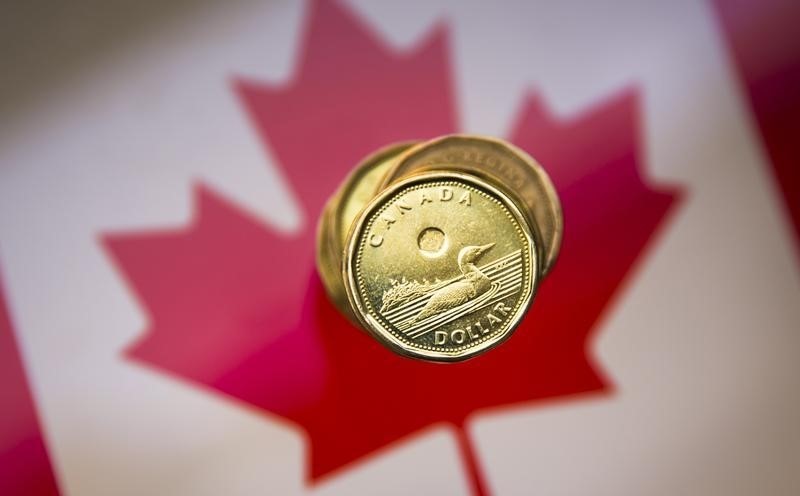By Ketki Saxena
Investing.com – The Canadian dollar weakened against its U.S. counterpart today, following the release of Canadian GDP data that showed the economy registering no growth in the last quarter of 2023, reinforcing bets that the Bank of Canada will leave its benchmark interest rate on hold at its policy decision next week.
“Even though the advance estimate for January pointed to solid growth to start 2023, signs of a weaker-than-expected economy and easing inflationary pressures should be enough to keep the Bank of Canada on hold,” noted Andrew Grantham, a senior economist at CIBC (TSX:CM) Capital Markets.
The US dollar meanwhile continued to tick higher on expectations the Federal Reserve will continue to raise rates aggressively after Friday’s hot US PCE data that showed stubborn inflation.
U.S. rate futures are now pricing in the Federal Reserve's target policy rate peaking at 5.4% in September. The Fed's policy rate is currently in a 4.50%-4.75% target range.
Meanwhile, the possibility of rate cuts this year has been largely priced out of futures and bond markets following January’s blockbuster employment report, amongst other key pieces of data that helped the greenback rally in February, on track for its first monthly gain against a basket of currencies since September.
The divergence of policy between a Federal Reserve that still has plenty of room left to run, and the Bank of Canada which appears to be at or very close to the end of its rate hike cycle poses a headwind for the loonie in the near term.
Analysts at CIBC note, “The loonie could stay under a bit of pressure in the near term with risks of a move towards 1.37 on dollar- Canada, as markets focus on the divergence in policy that is underway between the Fed, which is still expected to take rates a quarter point higher at least two more times, and the BoC that is currently on hold.”
On a technical level, analysts at FX Street note, “Since posting the YTD lows at 1.3262, the USD/CAD has prolonged its gains and has broken above crucial resistance areas, like the 20, 50, and 100-day Exponential Moving Averages (EMAs). Therefore, interest rate differentials and technical momentum could pave the way for further upside.
The USD/CAD next resistance would be the daily high at 1.3609. A breach of the latter will expose the YTD high at 1.3685, ahead of 1.3700, followed by the November 3 swing high at 1.3808.”
